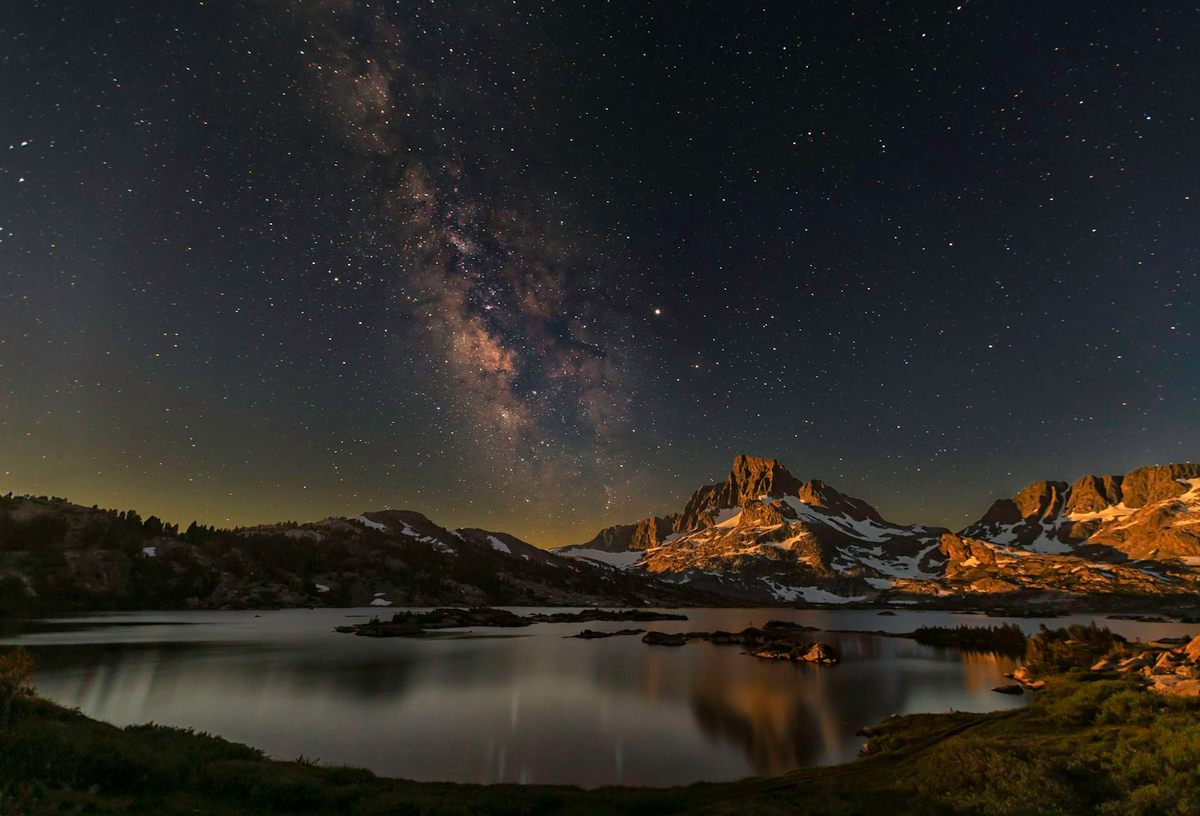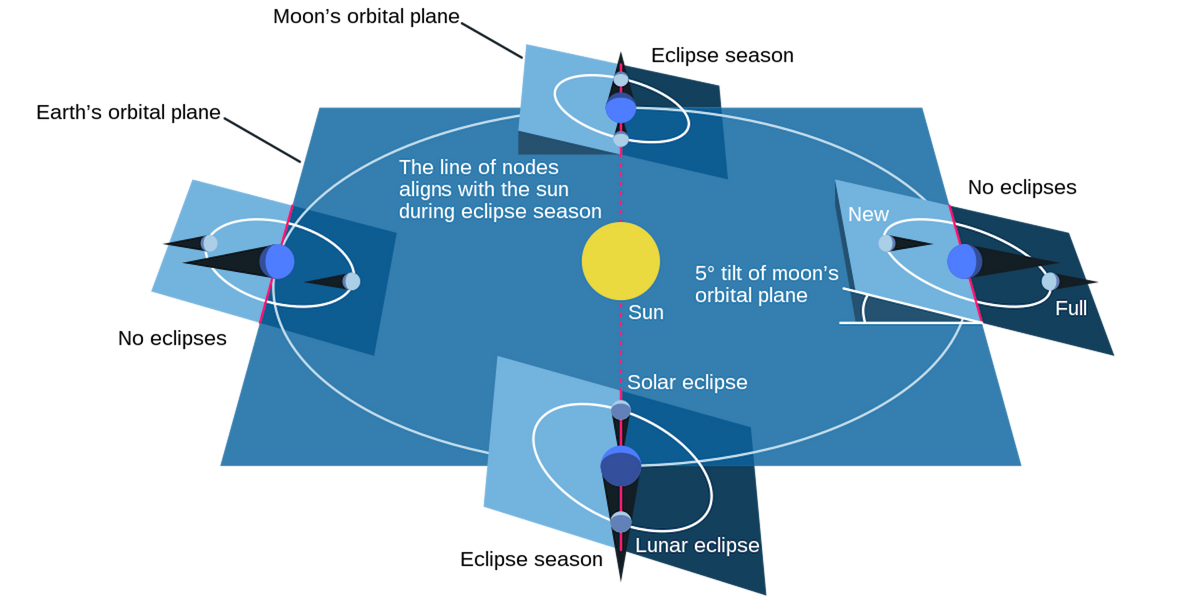This story was originally published on The conversation. It appears here under a Creative Commons license.
For years small groups of astronomy enthusiasts circled the globe chasing the rare solar eclipse. They’ve taken mid-ocean cruises, flown the path of the eclipse, and even traveled to Antarctica.
In August 2017, millions across the United States witnessed a total solar eclipse visible from Oregon to South Carolina, with a partial eclipse visible for the rest of the continental US. On April 8, millions of Americans will once again be in the path of a total solar eclipse solar eclipse, the path of this one stretches from Mexico to eastern Canada.
The path of the total eclipse in April 2024 will cross a number of US cities, including Austin and Dallas in Texas, Indianapolis in Indiana, Cleveland and Dayton in Ohio, Erie in Pennsylvania, and Buffalo and Rochester in New York. The eclipse will begin in Texas around 2:30 ET and end in Maine around 4:30 ET.
But astrotourism—traveling to national parks, observatories, or other natural dark-sky locations to view astronomical events—isn’t limited to chasing eclipses.
According to a recent study, 80 percent of Americans and a third of the planet’s population can no longer see the Milky Way from their homes due to light pollution. As a result, most people have to travel to witness meteor showers and other common astronomical events.

I am a space scientist with a passion for teaching physics and astronomy and photographing the night sky. Every summer I spend a few nights in the Sierra Nevada in California, where the sky is dark enough for the Milky Way to be visible to the naked eye. My son and I also like to take road trips—often along US Route 395, the Eastern Sierra Scenic Byway—that coincide with eclipses and meteor showers.
There are two types of eclipses. Lunar eclipses occur when the full moon passes through the Earth’s shadow. Solar eclipses occur when the new moon briefly blocks the Sun.
There are three types of solar eclipses. During a total eclipse, the Moon completely covers the Sun, with the total eclipse lasting up to seven minutes. During the total eclipse, those in the path of the eclipse will see the Sun’s corona, or its outer atmosphere, behind the silhouette of the Moon.
The Moon’s orbit around Earth is an ellipse, so the Moon can appear 15 percent smaller when it is at its farthest point from Earth, its apogee, compared to its size when it is at its closest point to Earth, its perigee. An annular eclipse occurs when the Moon does not cover the entire disk of the Sun, leaving a ring of sunlight around the Moon. Finally, a partial eclipse occurs when the Moon blocks only part of the Sun’s disk, as the name suggests.

Meteor showers are a much more common astronomical event than eclipses and are visible from anywhere in Earth’s dark sky. Meteor showers occur when the Earth’s orbit around the Sun passes it through the dust left by a comet. The earth sweeps away the dust like a car speeding through a cloud of insects on the highway.
Meteor showers are named after the constellations from which the meteors appear to come, although you don’t need to be looking in that direction to see meteors. The most prominent meteor showers, which occur on roughly the same dates each year, are the Lyrids, named after the constellation Lyra, on April 21-22; The Perseids, named after the constellation Perseus and peaking on the night of August 12-13; and the Geminids, named after the constellation Gemini, on December 14-15. The night sky will be mostly moonless for the second two of this year, but a near-full moon will make the 2024 Lyrid stream difficult to see.
One of the most important factors to consider when planning a stargazing or meteor shower outing is the phase of the moon. The full moon rises around 6pm and sets at 6am, making stargazing almost impossible due to its brightness. For ideal stargazing conditions, the Moon should be below the horizon, and the best viewing conditions are during a new moon. You can use a moonrise/moonset calculator to determine the phase of the moon and its rise and set times for any location on Earth.
Another important factor is time. Amateur astronomers always joke that the sky is cloudy during the most interesting astronomical events. For example, most major US cities in the path of the April 2024 eclipse have had cloudy skies on April 8 60 percent of the time since 2000.

Most Americans live in areas with heavy light pollution. A light pollution map like lightpollutionmap.info can help identify the nearest dark sky location, which in my case is hours away. These maps often use the Bortle Dark Sky Scale, which scores 1 for extremely dark skies to 9 for heavily light-polluted urban centers.
Although you may still see the brightest meteors from the city suburbs, the darker your sky, the more meteors you will see. In general, expect to see fewer than 25 meteors per hour. To see the complex structure of the Milky Way with the naked eye, look for a place with a Bortle index of 3 or lower.
It is important to arrive at the chosen location early, preferably during the daylight hours. Stumbling around in the dark in an unfamiliar place is a recipe for disaster, and it can also unsettle others who are already there. Arriving early also gives your eyes time to adjust to the darkness as night falls, as it usually takes 30 minutes or even longer for your eyes to reach their full dark adaptation potential.
Be sure to wear a headlamp or flashlight with a red light setting, as red light does not impair night vision. Avoid using your phone, as even a glance at the screen can break your eyes’ adaptation to darkness. If you are using a sky viewing app, switch the app to night mode.

If you’re in the path of the eclipse on April 8, stay put. If you’re traveling, staying in the same place the night before and after the eclipse can help you avoid the hourly traffic jams experienced by eclipse watchers in 2017.
Also, you should never look directly at the Sun with the naked eye, even during a total eclipse. You’ll need a pair of cheap eclipse glasses to view and fully enjoy the eclipse, but get yours early as many stores ran out of glasses during the 2017 eclipse.
No matter where you travel, be sure to look up at night and admire the beauty of the night sky away from the city lights.
Vahe Peromian is a professor of physics and astronomy in the USC Dornsife College of Letters, Arts and Sciences.
